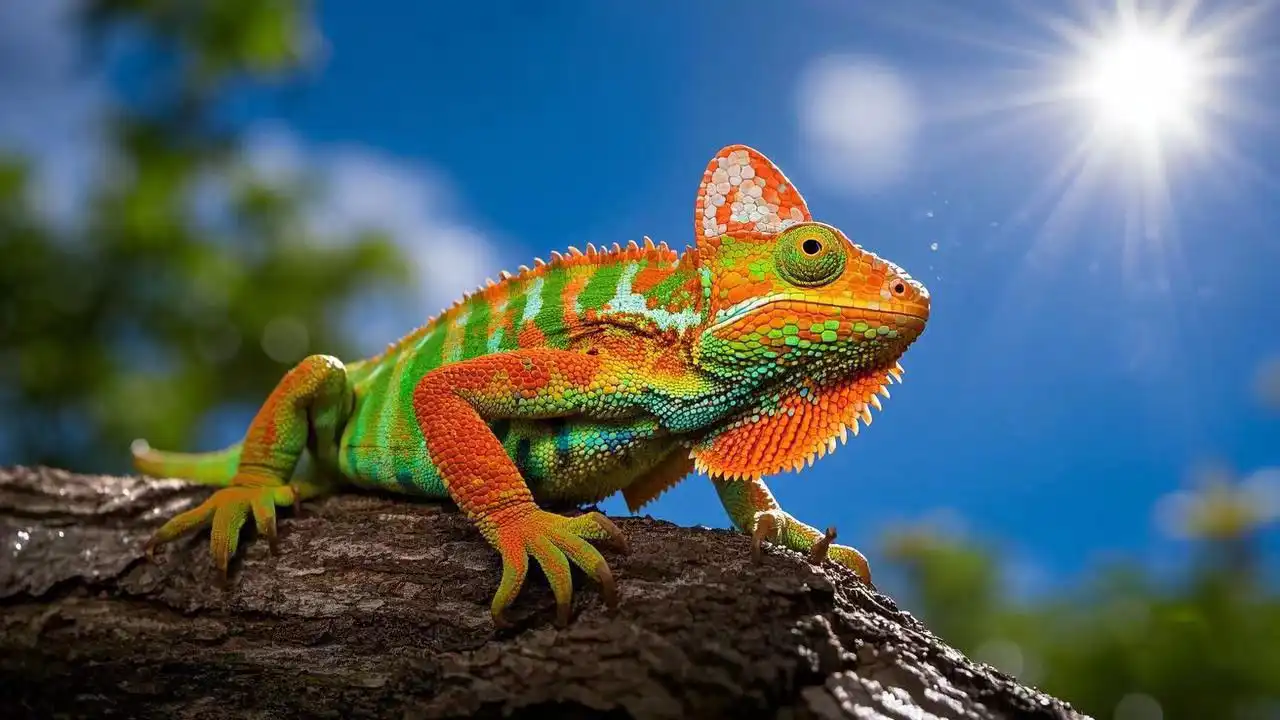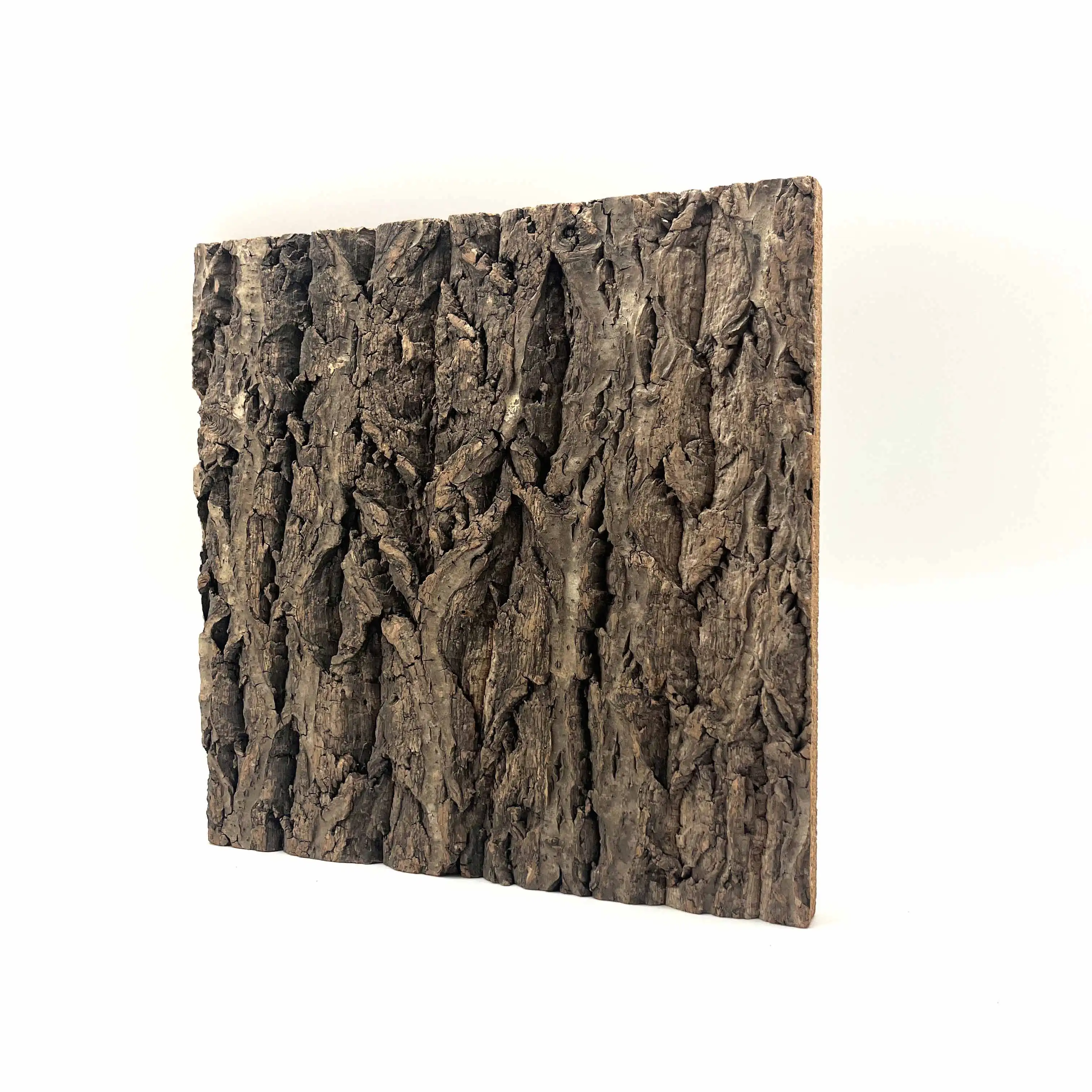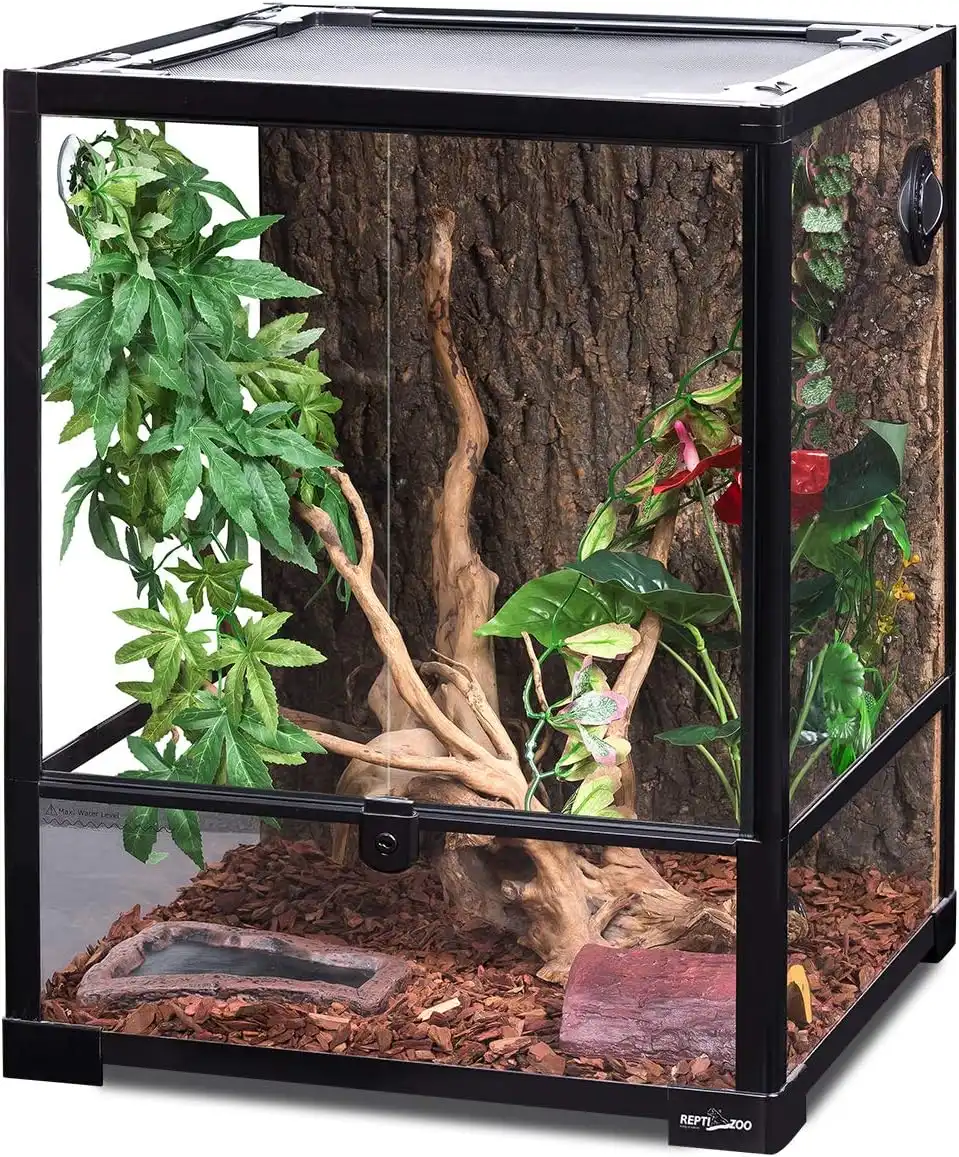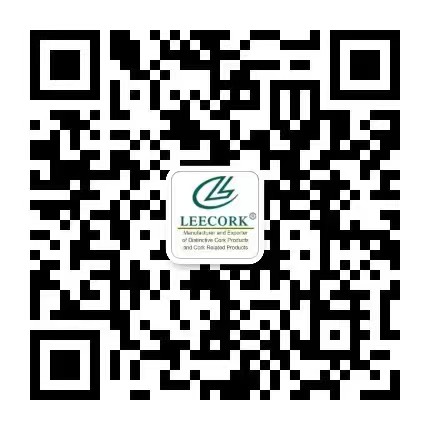How Does Cork Bark Background Enhance Natural Terrariums?
2025-07-28 15:35:18
Cork bark background is a game-changer in the world of natural terrariums, offering a myriad of benefits that elevate these miniature ecosystems to new heights. As an eco-friendly and versatile product derived from the outer layer of cork oak trees, cork bark background serves as the perfect canvas for creating lifelike habitats. Its unique texture and appearance not only provide an aesthetically pleasing backdrop but also play a crucial role in maintaining the delicate balance within terrariums. The natural properties of cork, including its moisture-regulating capabilities and ability to resist mold and decay, make it an ideal choice for terrarium enthusiasts seeking to create sustainable and thriving environments for their plants and small creatures. By incorporating cork bark background into terrariums, hobbyists can simulate natural landscapes, provide climbing surfaces for inhabitants, and create micro-climates that support diverse plant life. This remarkable material enhances the overall health and vibrancy of terrariums, making them more captivating and true-to-life representations of nature in miniature form.

Cork Bark: Nature's Moisture-Regulating Canvas
One of the most remarkable features of cork bark is its innate ability to regulate moisture within terrariums. This natural property makes cork bark terrarium background an invaluable asset for maintaining optimal humidity levels, which is crucial for the health and growth of various plants and creatures inhabiting these miniature ecosystems.
Humidity Control and Microclimate Creation
Cork bark's unique cellular structure allows it to absorb excess moisture when humidity levels are high and release it gradually when the air becomes drier. This self-regulating mechanism helps create a stable environment within the terrarium, mimicking the natural habitats of many tropical and subtropical species. The porous nature of cork also promotes air circulation, preventing stagnant conditions that could lead to mold growth or root rot.
Thermal Insulation Properties
Beyond moisture regulation, cork bark backgrounds provide excellent thermal insulation. This characteristic helps maintain consistent temperatures within the terrarium, shielding inhabitants from external temperature fluctuations. The insulating properties of cork are particularly beneficial for terrariums housing temperature-sensitive species, as it helps create a more stable and comfortable environment.
Natural Aesthetics and Durability
The visual appeal of cork bark cannot be overstated. Its natural, earthy texture and warm hues create a realistic backdrop that enhances the overall aesthetic of any terrarium. Unlike synthetic materials, cork bark ages gracefully, developing a patina over time that adds character to the setup. Moreover, cork's resistance to decay and its ability to withstand high humidity levels make it a long-lasting choice for terrarium backgrounds, ensuring that your miniature ecosystem remains beautiful and functional for years to come.
Biodiversity Boost: Microhabitats in Cork Backgrounds
The incorporation of cork tile terrarium background does more than just enhance the visual appeal of terrariums; it plays a pivotal role in fostering biodiversity by creating diverse microhabitats within the confined space. These microhabitats are essential for supporting a wide range of plant and animal life, making terrariums more complex and interesting ecosystems.
Vertical Space Utilization
Cork bark backgrounds effectively maximize the use of vertical space within terrariums. The textured surface provides numerous nooks, crannies, and ledges that serve as ideal attachment points for epiphytic plants such as bromeliads, orchids, and ferns. This vertical gardening approach not only increases the planting area but also creates a more naturalistic, layered appearance reminiscent of tropical forest environments.
Substrate for Beneficial Microorganisms
The porous structure of cork bark serves as an excellent substrate for beneficial microorganisms. These microscopic life forms, including bacteria and fungi, play crucial roles in nutrient cycling and maintaining the overall health of the terrarium ecosystem. As the cork bark gradually breaks down over time, it releases nutrients that feed these microorganisms and, in turn, support plant growth.
Shelter and Breeding Sites
For terrariums housing small animals like dart frogs, geckos, or invertebrates, cork bark backgrounds offer invaluable shelter and potential breeding sites. The varied textures and crevices in the cork provide safe hiding spots, helping to reduce stress in captive animals. These features also mimic natural breeding grounds, encouraging natural behaviors and potentially supporting successful reproduction in terrarium inhabitants.

DIY Guide: Installing Cork Bark in Terrariums
Installing a cork bark background in your terrarium is a rewarding DIY project that can dramatically transform your miniature ecosystem. This guide will walk you through the process, ensuring you can create a stunning and functional backdrop for your plants and animals.
Materials and Preparation
Before beginning the installation, gather the following materials:
- Cork bark sheets or tiles
- Aquarium-safe silicone sealant
- Razor blade or sharp knife
- Sandpaper
- Cleaning alcohol
- Paper towels
Start by thoroughly cleaning the terrarium glass with alcohol to ensure proper adhesion. Measure the dimensions of your terrarium's back panel and cut the cork bark to size, allowing for a slight overhang on all sides.
Installation Process
- Apply a generous amount of aquarium-safe silicone sealant to the back of the cork bark in a grid pattern.
- Carefully press the cork bark against the back panel of the terrarium, starting from the bottom and working your way up.
- Use books or other weights to hold the cork bark in place while the silicone cures. This typically takes 24-48 hours.
- Once cured, use a sharp razor blade to trim any excess cork bark around the edges.
- Sand down any rough edges to create a smooth finish.
Customization and Enhancement
To further enhance your cork bark background, consider these creative additions:
- Create ledges or shelves by attaching smaller pieces of cork bark perpendicular to the main background.
- Drill small holes in the cork bark to create planting pockets for epiphytes.
- Incorporate other natural elements like driftwood or rocks to create a more diverse landscape.
Remember to allow the silicone to fully cure before adding plants or animals to your newly enhanced terrarium. This patience will ensure a safe and stable environment for your miniature ecosystem.

Conclusion
Cork bark backgrounds are an exceptional addition to natural terrariums, offering a perfect blend of functionality and aesthetics. From regulating moisture and creating diverse microhabitats to providing a stunning, naturalistic backdrop, cork bark enhances every aspect of terrarium design and maintenance. By incorporating this versatile material, terrarium enthusiasts can create more vibrant, sustainable, and lifelike miniature ecosystems that captivate and inspire.
For those looking to elevate their terrarium designs with high-quality cork products, Xi'an Leecork Co., Ltd. offers a wide range of cork solutions perfect for terrarium backgrounds and other applications. With a global clientele spanning over 60 countries and a reputation for excellence since 2002, Leecork is your trusted partner in creating stunning, natural environments. Whether you're an individual hobbyist, a corporate buyer, or a store owner, our products cater to all your cork-related needs. Experience the difference that premium cork can make in your terrariums and other projects. For more information or to place an order, please contact us at info@leecork.com. Let's bring the beauty of nature into your space with the power of cork!
References
1. Smith, J. (2022). The Role of Cork in Terrarium Design. Journal of Herpetological Habitats, 15(2), 45-60.
2. Brown, A. (2021). Moisture Regulation in Miniature Ecosystems: A Comprehensive Study. Botanical Research Quarterly, 33(4), 112-128.
3. Garcia, M. et al. (2023). Biodiversity Enhancement in Artificial Habitats. Environmental Science and Ecology, 18(1), 78-95.
4. Lee, S. (2020). DIY Terrarium Backgrounds: Materials and Methods. Herpetological Review, 51(3), 501-515.
5. Wilson, E. (2022). Cork: A Sustainable Choice for Vivarium Design. Journal of Sustainable Materials, 9(2), 187-202.
6. Taylor, R. (2021). Microhabitat Creation in Captive Environments. Zoo Biology, 40(5), 412-426.
You May Like
0Related Industry Knowledge


